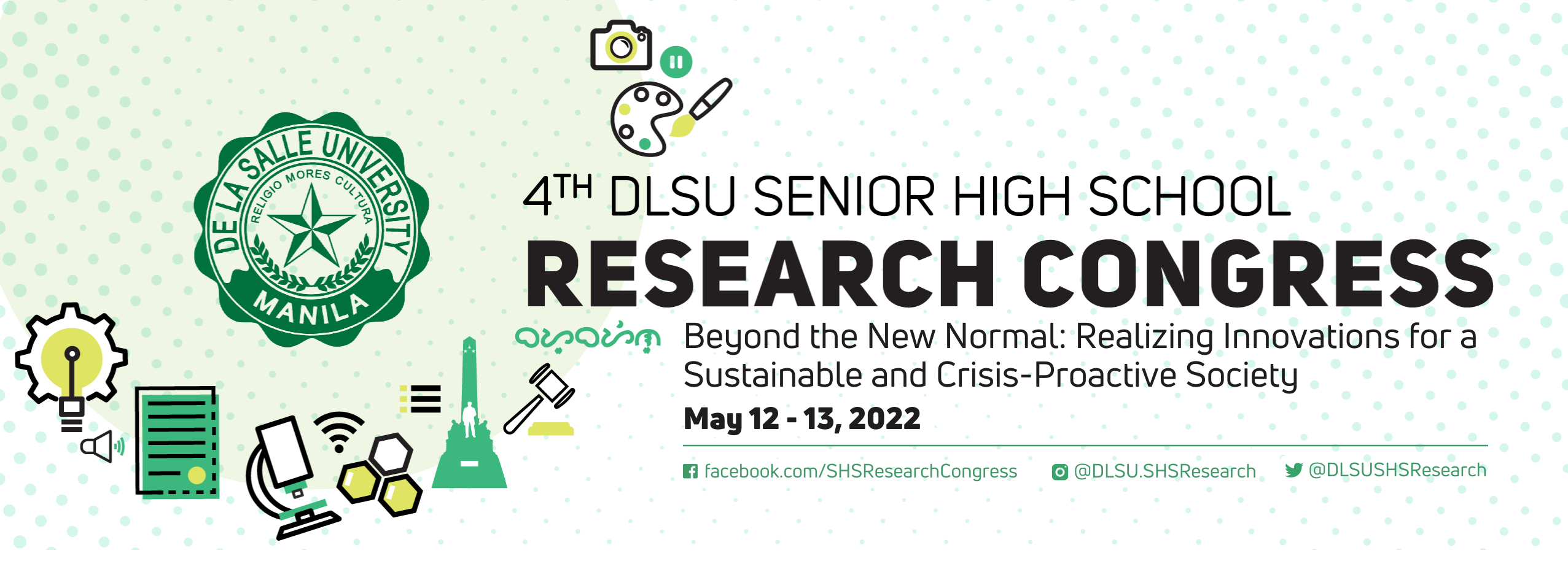Document Types
Paper Presentation
Research Advisor (Last Name, First Name, Middle Initial)
Gregory G. Cu
Start Date
12-5-2022 3:30 PM
End Date
12-5-2022 5:30 PM
Abstract/Executive Summary
Weather and flood assessment are known to be of great importance for the early notification of flood disasters worldwide. Therefore, predicting flood risks is crucial to ensuring the safety of the general public from this disaster. Unfortunately, the Philippines continues to be one of the countries severely affected by typhoons every year. This is due to both its geographical location, and its lack of preparation on dealing with flood hazards. Towards prediction improvement, this study identifies the weather patterns involved in three different cities; Makati, Cebu, and Iloilo. One of the main causes of floods is brought upon by heavy rainfall (precipitation). This study also examines the relationship of the different feature variables collected to the hourly precipitation recorded through the Pearson correlation coefficient. Furthermore, the study also uses two machine learning regression models to predict the hourly precipitation in the three different cities mentioned above. The regression models used were namely Random Forest, and Gradient Tree Boosting. Modelling experiments were conducted on weather data recorded from December 2021, until March 2022, with 80% of it used for training, and the remaining 20% used for testing.
Keywords
flood assessment; weather data; machine learning; hazards; time-series forecasting
Research Theme (for Paper Presentation and Poster Presentation submissions only)
Computer and Software Technology, and Robotics (CSR)
Analyzing Weather Patterns for Predicting Floods with Regression Models
Weather and flood assessment are known to be of great importance for the early notification of flood disasters worldwide. Therefore, predicting flood risks is crucial to ensuring the safety of the general public from this disaster. Unfortunately, the Philippines continues to be one of the countries severely affected by typhoons every year. This is due to both its geographical location, and its lack of preparation on dealing with flood hazards. Towards prediction improvement, this study identifies the weather patterns involved in three different cities; Makati, Cebu, and Iloilo. One of the main causes of floods is brought upon by heavy rainfall (precipitation). This study also examines the relationship of the different feature variables collected to the hourly precipitation recorded through the Pearson correlation coefficient. Furthermore, the study also uses two machine learning regression models to predict the hourly precipitation in the three different cities mentioned above. The regression models used were namely Random Forest, and Gradient Tree Boosting. Modelling experiments were conducted on weather data recorded from December 2021, until March 2022, with 80% of it used for training, and the remaining 20% used for testing.


